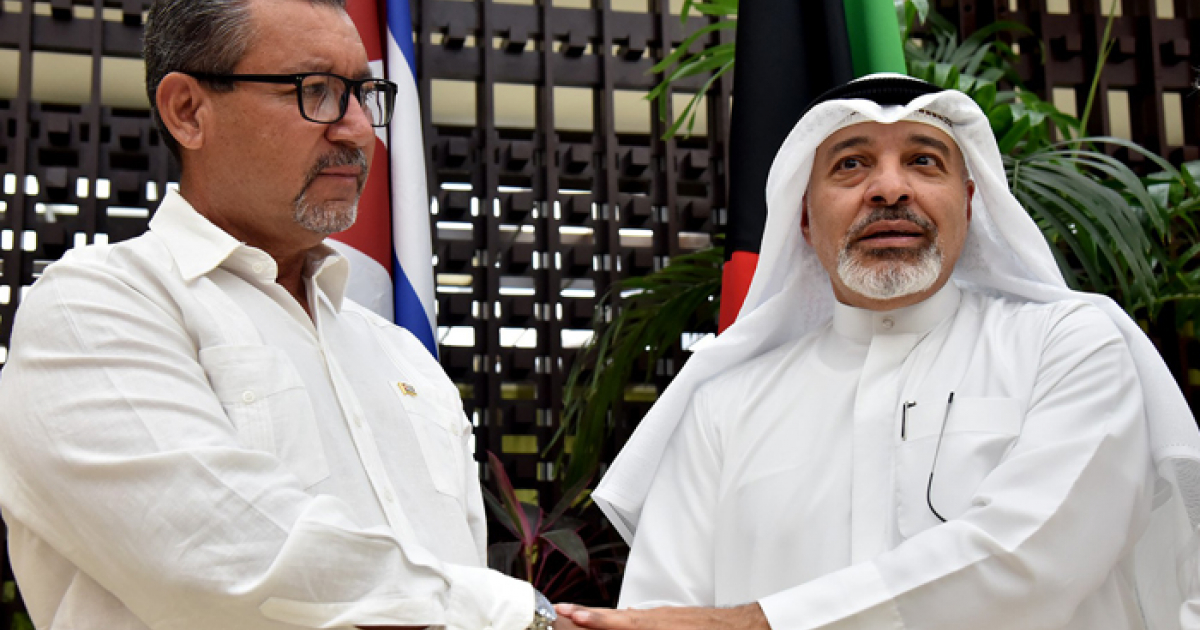
The precariousness of the hydraulic infrastructure in Cuba today leads to questioning, without hesitation, where did the 102 million 300 thousand dollars provided to the Cuban State by the Kuwaiti Fund for Arab Economic Development (KFAED) end up?
According to the official agency ACN, the island's links with the aforementioned fund date back more than two decades (since 2003) and - during that time - cooperation granted five credits for the execution of projects to rehabilitate aqueduct, sewer, storm drainage networks, among others.
Of the amount delivered to the state-run National Institute of Hydraulic Resources (INRH) to date, 84.7 percent has been executed, which "benefited" one million 454 thousand inhabitants of the provinces of Santiago de Cuba, Holguin, and Havana.
However, recently published data confirm that thousands of people do not have daily access to water supply, mostly due to power outages, but other causes include drought, lack of distribution network, breakages, corruption, among others.
Meanwhile, Antonio Rodríguez Rodríguez, president of the INRH, stated that rehabilitation and completion projects for networks are being developed in Havana, while the kick-off of the refurbishment works of the water supply and sanitation system in Holguín is anticipated. These projects will benefit over 299,100 residents.
Likewise, since 2021, a technical assistance program has been implemented for comprehensive flood solution studies on the Malecon in Havana, which is the result of the signing of a grant agreement equivalent to one million twenty thousand dollars.
According to Rodríguez, the credit allowed for the improvement of 260 kilometers of networks and conductors, the installation of around 100,000 valves for water loss control, the importation of equipment and raw materials, as well as pumping systems, among others.
Although the authorities of the regime refer to the extensive investment program they are carrying out to ensure the water supply to the population, currently the obsolescence of the infrastructure is a persistent issue, with outdated equipment breaking down on a daily basis and causing interruptions in the supply cycles, which in turn increases the dissatisfaction of the population.
Around 700,000 people in Cuba do not receive water daily due to power cuts, as the hydraulic sector is the second largest consumer of electrical energy after the demand from the population, as reported by the official newspaper Granma.
Data recorded last year indicates that around two million people receive the service every three days or more, and there are 478 population settlements that lack water supply networks completely or partially. All of this directly affects the quality of life and health, as it forces people to rely on alternative systems to obtain the precious liquid.
What do you think?
COMMENTFiled under: